Step by Step Guide
- Begin with a thorough warm-up, focusing on hip opening and gentle backbending.
- Include poses like Pigeon Pose, Lunges, and Cobra Pose in your warm-up.
- Start in Downward-Facing Dog (Adho Mukha Svanasana).
- Bring your right knee toward your right wrist, placing your shin on the mat.
- Slide your left leg back, keeping the hips square.
- Ensure your hips are squared and level.
- If needed, use a prop like a block or cushion under your right hip for support.
- Walk your hands forward and fold over your right leg, lengthening your spine.
- Keep your chest open and avoid collapsing into the pose.
- Start to walk your hands back, bringing your torso upright.
- Keep your right shin perpendicular to the mat.
- Bend your left knee and reach your left hand back to catch hold of your foot or ankle.
- Keep your left elbow pointing upward.
- Inhale and lift your chest, arching your back gently.
- Engage your core to support your lower back.
- If comfortable, extend your left leg straight back, lifting it toward the ceiling.
- Keep the left foot flexed and the leg active.
- Turn your gaze upward and breathe deeply.
- Hold the pose for 30 seconds to 1 minute, maintaining stability and openness.
- Slowly release your left leg and come back to Downward-Facing Dog.
- Repeat on the other side.
Benefits of The One-Legged King Pigeon Pose (Eka Pada Rajakapotasana)
- Hip Opening: Eka Pada Rajakapotasana deeply opens the hip flexors and external rotators.
- Backbend Strength: The pose strengthens the back muscles and improves spinal flexibility.
- Balance and Focus: Balancing on one leg while performing a backbend challenges and enhances balance and concentration.
Tips for Advanced Practitioners:
- Hip Flexibility: This pose requires open hips, so ensure your hips are adequately warmed up.
- Props for Support: Use props like blocks or cushions under your hips for added support.
- Backbend Gradually: If you’re new to backbends, gradually work on lifting the chest and arching the back.
- Avoid this pose if you have knee, hip, or lower back injuries.
- If your hips are not level in the pose, use props or modify to prevent strain.
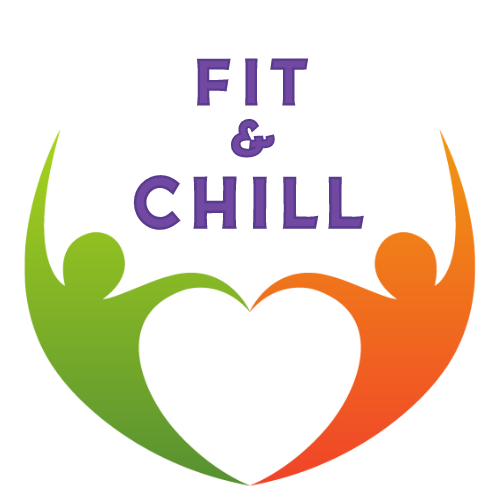
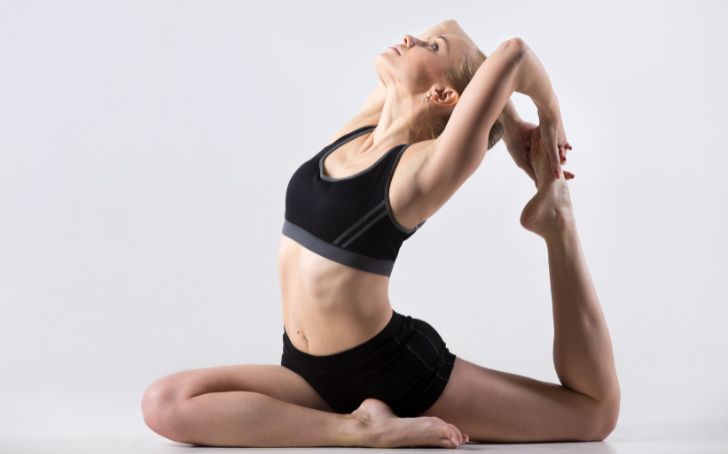
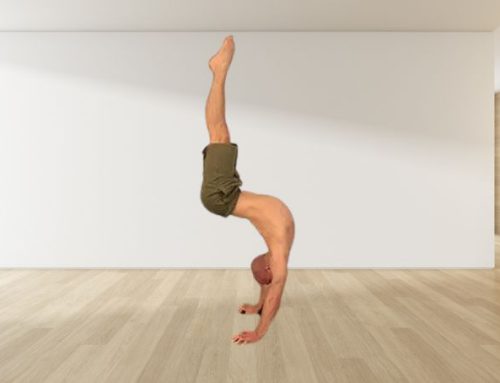
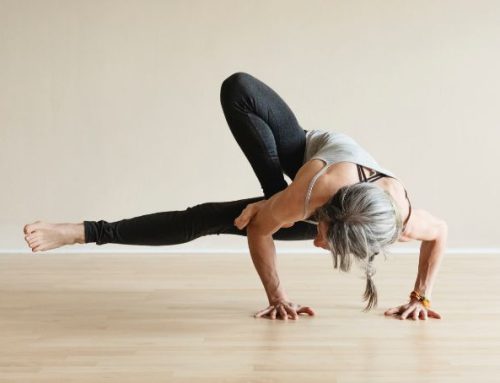
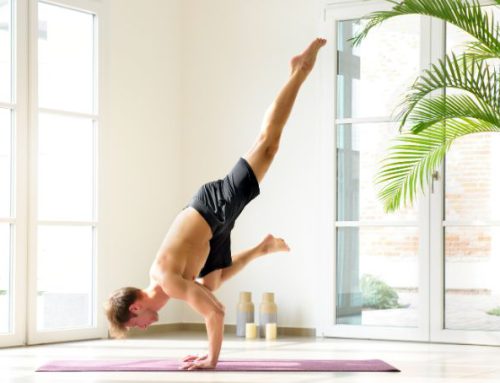
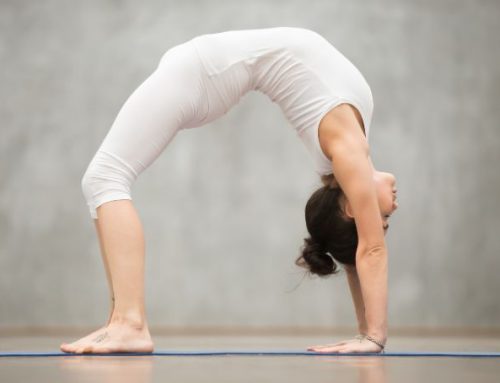
Leave A Comment